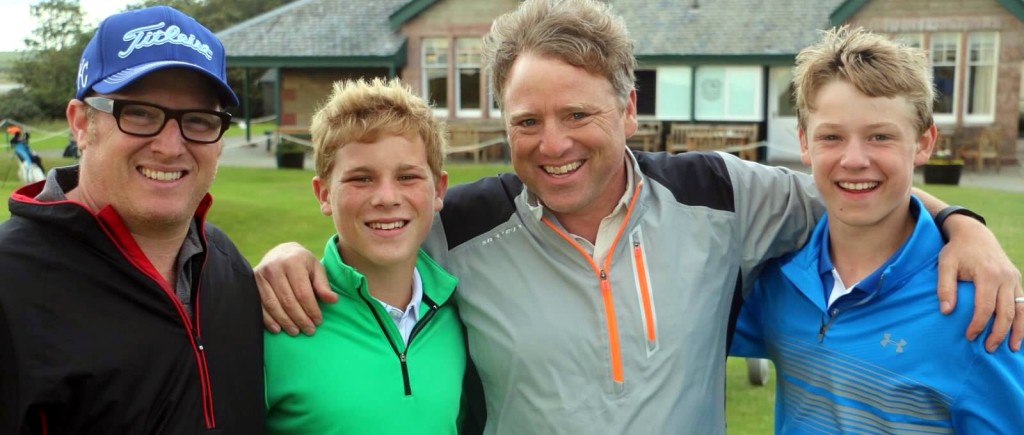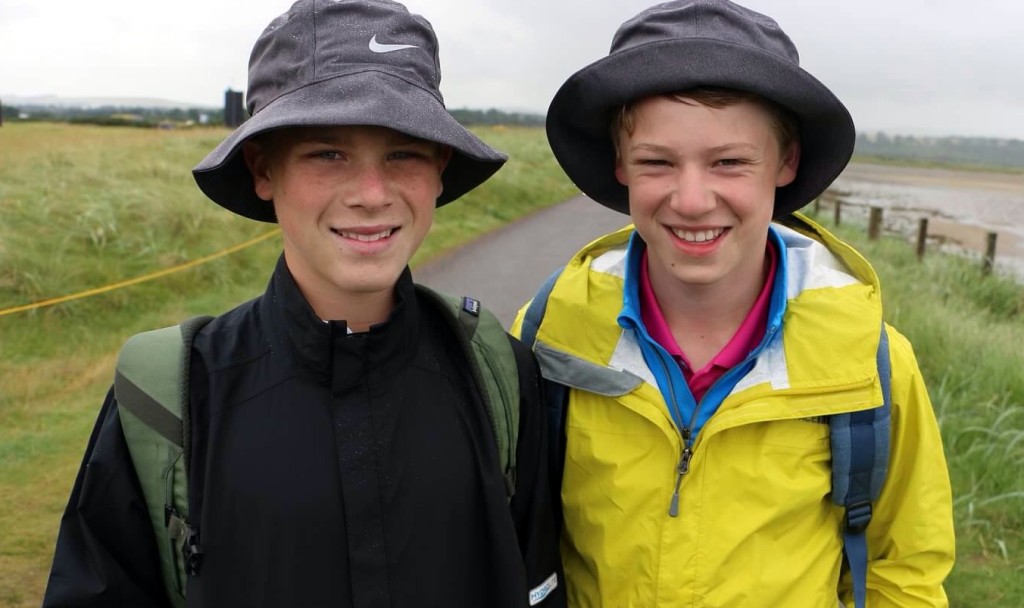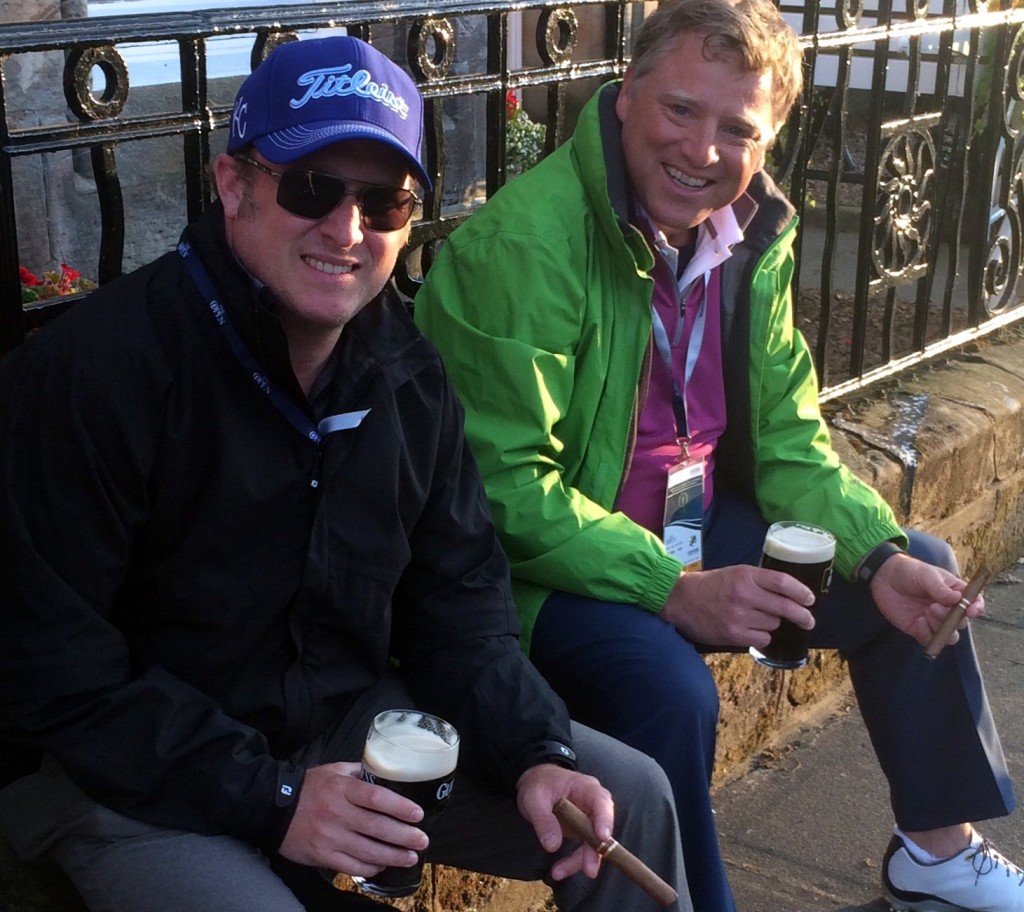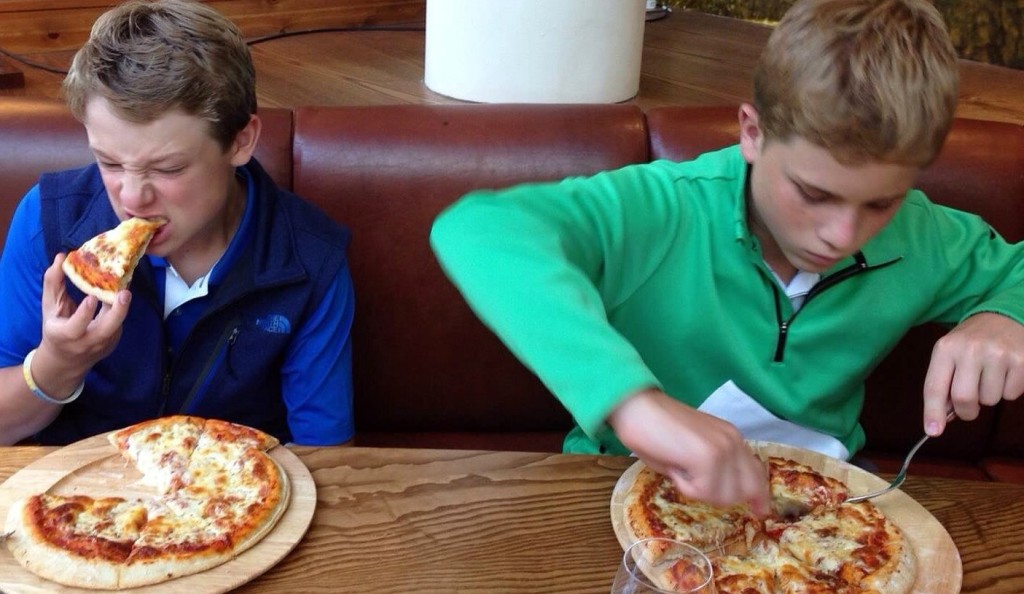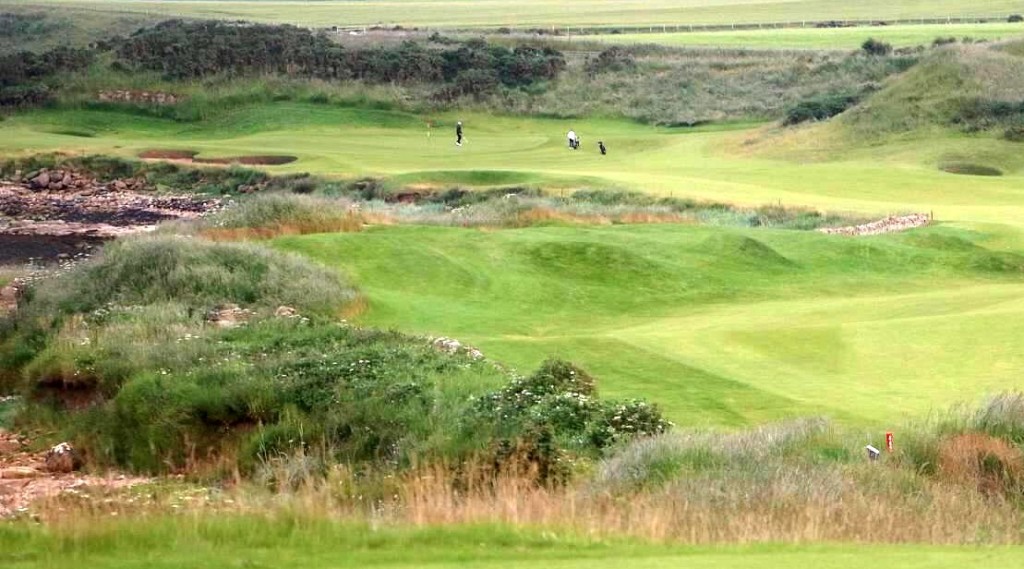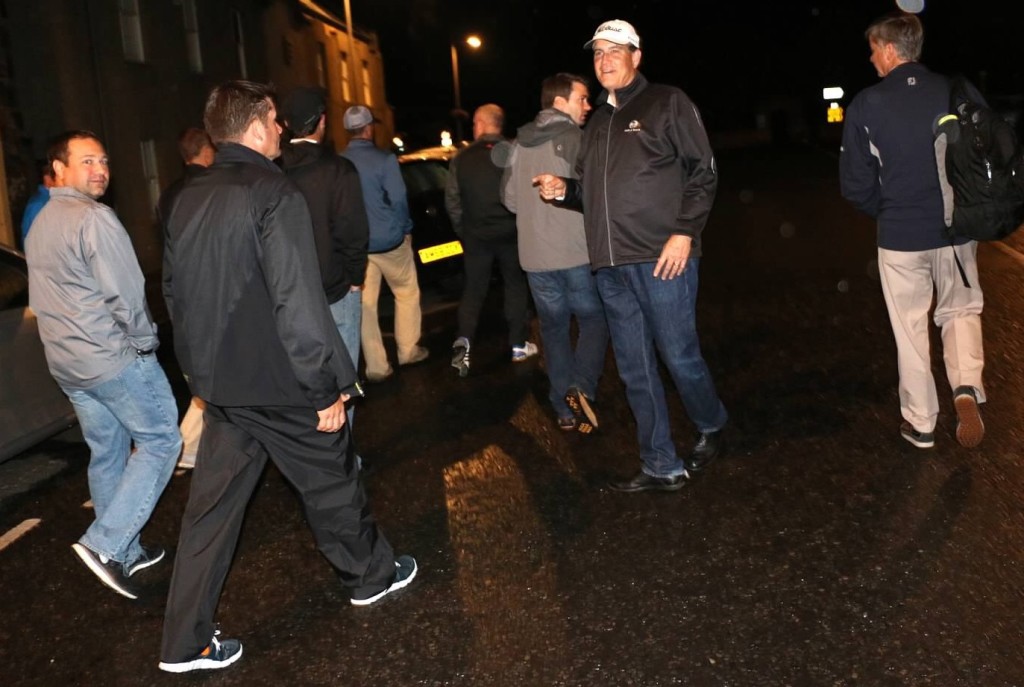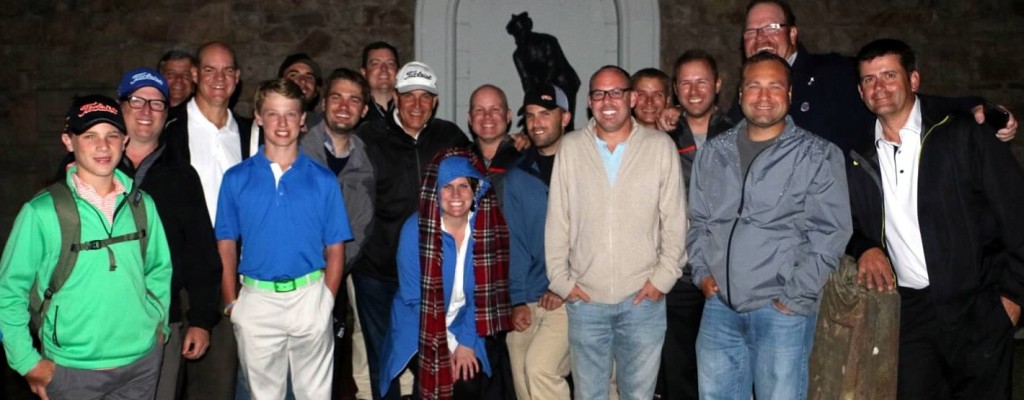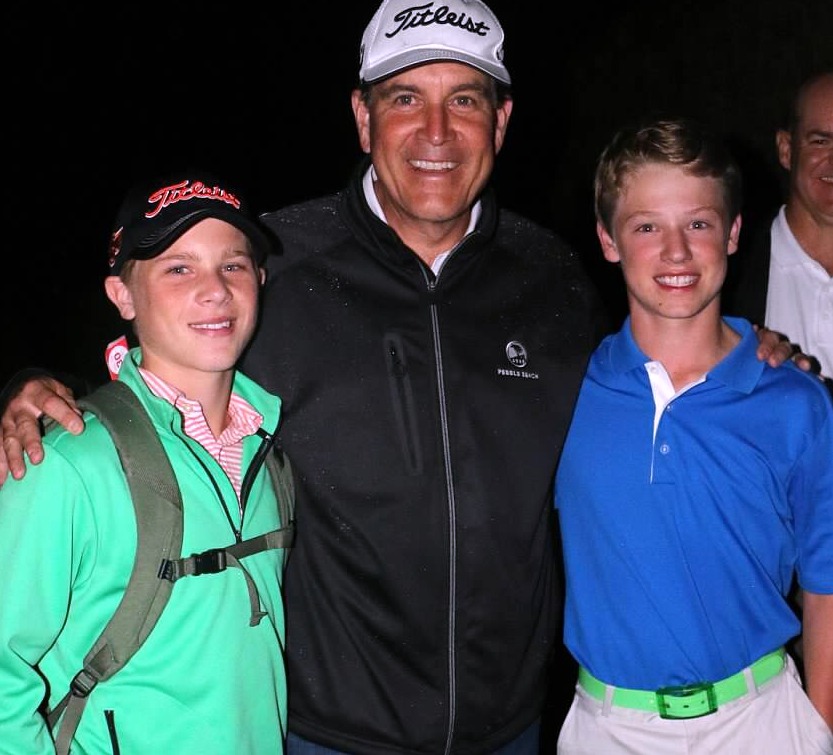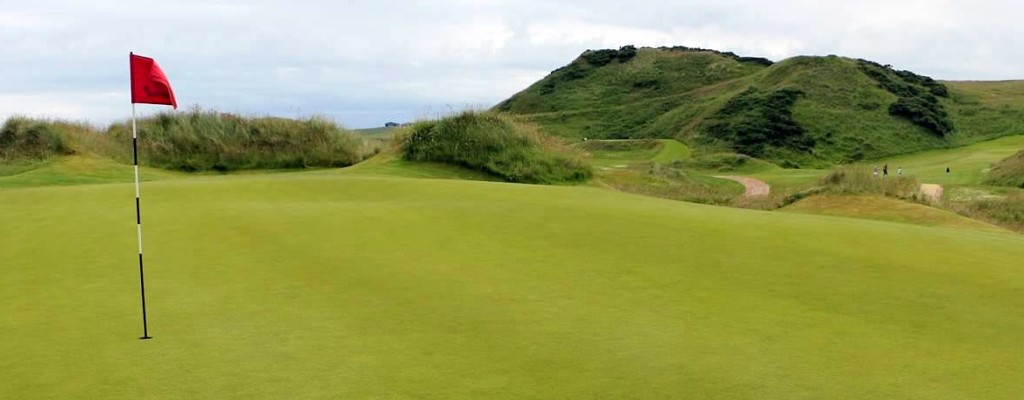My first driver—which was partly responsible for my decision, at the age of thirteen, to give up golf for more than twenty years—was a two-generation hand-me-down with a head that could have filled in as the foot of a Queen Anne chair. Nowadays, though, even seven-year-olds demand titanium. A few years ago, I played in a senior event with a guy from another club who carried an ancient Spalding persimmon 3-wood, but he was the only Luddite in the field and he never hit a good shot with it. Golfers who still use clubs with wooden heads are invariably older than seventy, and they are stubborn, cheap, ignorant, or a combination of all three. You seldom see actual wood anymore even in the golf bags of estranged wives, who occupy the lowest rung on the club recycling ladder.
The question, though, is whether this change in technology necessitates a change in terminology. Various prominent television commentators, Johnny Miller among them, have decided that it does. They refer to woods as “metals,” saying, for example, that a certain player has elected to go for the green with a “fairway metal” of some kind—perhaps a “3-metal.” Jim Nantz, on CBS, sometimes refers to a fairway wood generically as “a metal-headed club.”
There are three things wrong with this trend. The first is that it creates more confusion than it eliminates, since almost all modern golf clubs, including irons and putters, are “metal-headed.” The second is that “wood” is no more anachronistic than “iron.” (Irons haven’t been made of iron since Britain was ruled by Romans. Should we start calling those clubs “alloys”?) The third is that avoiding “wood” is excessively fastidious, like objecting to the use of the (useful) word “hopefully.” The television commentators are proposing a solution for a problem that doesn’t exist.
Besides, retaining an archaic expression creates the possibility for creative revisionism later on.
“Why are woods called ‘woods’?” your great-great-granddaughter may ask you someday.
“Well, Little One,” you can explain, “there was an awfully good player back around the turn of the century. He hit the ball farther than anybody else, and he won every prize there was to win. In fact, I taught him everything he knew. Woods were named after him.”


